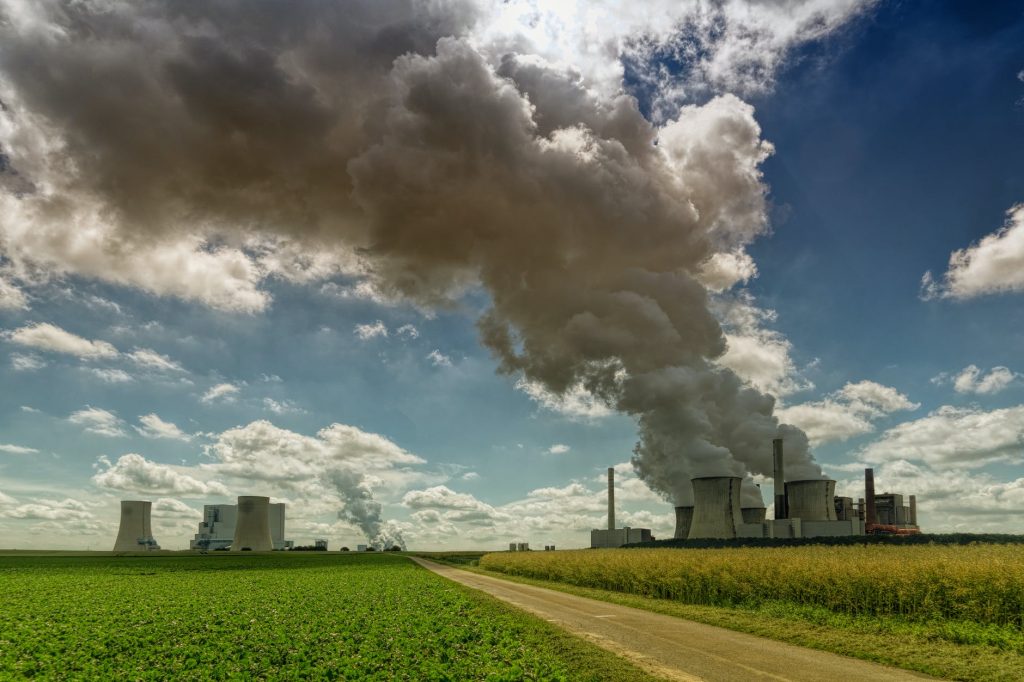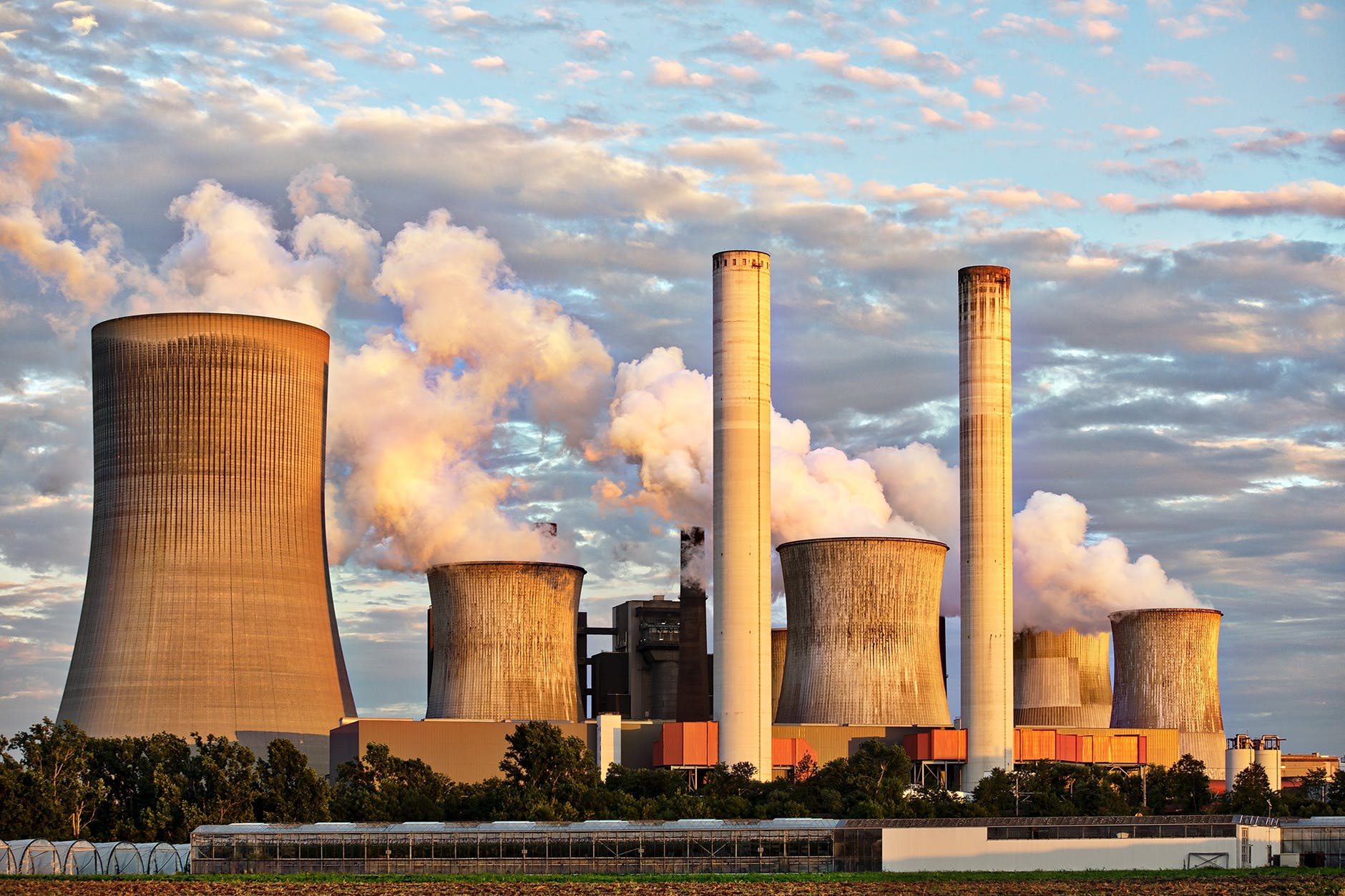Ninety-nine percent of the air we breathe is nitrogen, oxygen, water vapour, and other inert gases. When substances that aren’t normally present in the air are released into it, pollution results. People burn fuels, releasing particles into the air, which is a common form of pollution. Pollution that resembles soot is dispersed in the air by millions of tiny particles.
Sulfur, carbon monoxide, nitrogen oxides, and chemical vapours are other common sources of air pollution. Chemical reactions can occur in the atmosphere, resulting in acid rain and smog, if these are present. Secondhand smoke, for example, is another indoor air pollution source.
Finally, greenhouse gases like carbon dioxide and sulphur dioxide, which warm the planet through into the greenhouse effect, can cause air pollution. When gases absorb infrared radiation from the Earth, they prevent heat from escaping, according to the Environmental Protection Agency. Our atmosphere is kept warm by this natural process. This can cause the planet to be artificially warmed by Columbia University if several gases are pumped into the atmosphere.

The journal Environmental Research Letters published a study in which it was found that air pollution kills more than two million people each year. According to Hugh Sealy, professor of the occupational and environmental health track at the Department of Health Services but also Preventative Care, St. George’s University, St. George’s, Grenada, the effects of climate change on human health can vary widely. Toxic health consequences can be widespread but also long-lasting if the toxic substance is highly hazardous. Methyl isocyanate gas, for example, was released in 1984 at the Union Abrasive plant in Bhopal, killing over 2,000 people and injuring over 200,000 more. Respiratory illnesses, cardiovascular disease, and asthma attacks can all be exacerbated by an irritant (such as particulates smaller than 10 micrometres in size). “Air pollution is most dangerous to its very young, the elderly, and those with weak immune systems. It is possible that the air pollutant is carcinogenic (e.g., some volatile organic compounds), biologically active (e.g., some viruses), or radioactive (e.g. (e.g. radon). Carbon dioxide and other air pollutants have a direct effect on human health because of climate change. ‘




